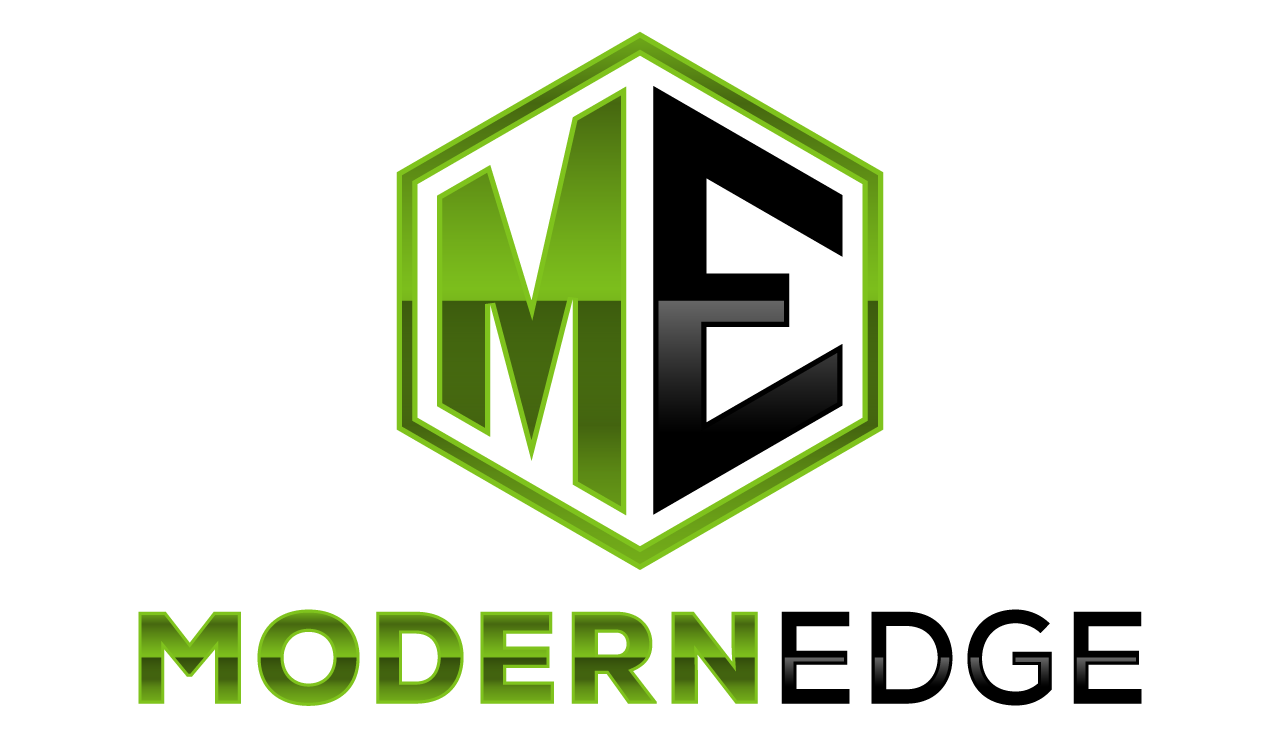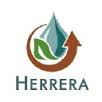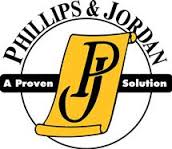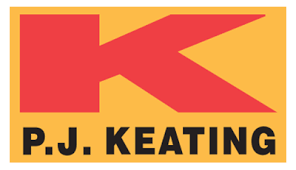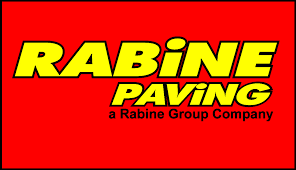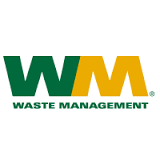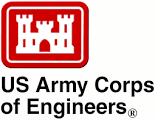News
Sep 10, 2021
Imagine if, after a hard day of dirty work, the entire City of Spokane was able to climb in a tub and take a bath. The dirty bathwater left in the tub is akin to stormwater runoff in that it has washed away pollutants that have built up on the surface since the last time it saw water. When it rains, stormwater runoff flows over roofs, streets, yards and parking lots picking up loose sediment, car fluids, excess fertilizers, dog poop, and common everyday chemicals we use in our daily lives. In the simple act of doing what stormwater does (flow downhill) it becomes polluted. It, in essence, gives the City a bath. Left untreated, the stormwater runoff will carry pollutants into local waters of the State like the Spokane River and the Spokane Aquifer, where they can pose a serious risk to human health and the environment.
Stormwater treatment facilities around the City collect and treat stormwater runoff by temporarily storing the runoff, capturing the pollutants, and slowly infiltrating the stormwater into the ground. The vegetation, soil, and soil microbes present by design in stormwater facilities do the work of removing pollutants from the runoff. Stormwater facilities come in many shapes and sizes and vary from simple roadside swales to a constructed wetlands to a large grassy depressions in the middle of parks that are dry except right after a rain.
Although their designs and appearance are slightly different, their functions and maintenance needs are very, very similar.
Every green stormwater treatment facility requires, at a minimum, that:
- Inlets are clear to allow stormwater in,
- Sediment and debris are regularly removed to promote infiltration, and
- Vegetation is kept alive and healthy and able to do its’ job.
The maintenance responsibilities for maintaining stormwater treatment facilities (e.g. swales) can be either public, private, or a combination of both. The City maintains the large majority of stormwater facilities in the public right of ways, but does not generally maintain stormwater facilities on private properties. If a stormwater facility is on private property, it is likely that the owner or operator of the property is responsible for ensuring that the facility is appropriately maintained and is functioning as designed to protect water quality.
Stormwater within the geographic boundary of the City of Spokane is regulated by the Washington State Department of Ecology's National Pollutant Discharge Elimination System (NPDES) Eastern Washington Phase II Municipal Stormwater Permit. The purpose of the permit is to provide municipalities a framework to develop a stormwater management program that utilizes best practices and techniques to manage public stormwater; ensure that private stormwater is managed appropriately; and educate the public on stormwater stewardship, all in order to provide protection to waters of the State of Washington.
The stormwater permit establishes standards and requirements for the regulation of municipal stormwater, which include requiring stormwater to be treated before discharge where practicable, and the adoption of ordinances specific to the responsibilities for the management of stormwater, among others. In order to maintain compliance with the stormwater permit, the City of Spokane is proposing to revise some of the municipal code specific to stormwater, in large to provide clarity on specific topics, but also to include a requirement for stormwater facilities on private properties to be certified annually by a qualified 3rd party to ensure proper function and water quality protection.
For more information on managing stormwater in the City of Spokane, visit SpokaneStormwater.org, and for information specific to the proposed ordinance revisions, visit the City’s website.
Source
Trey George, Environmental Analyst [email protected]
This was an excellent course
